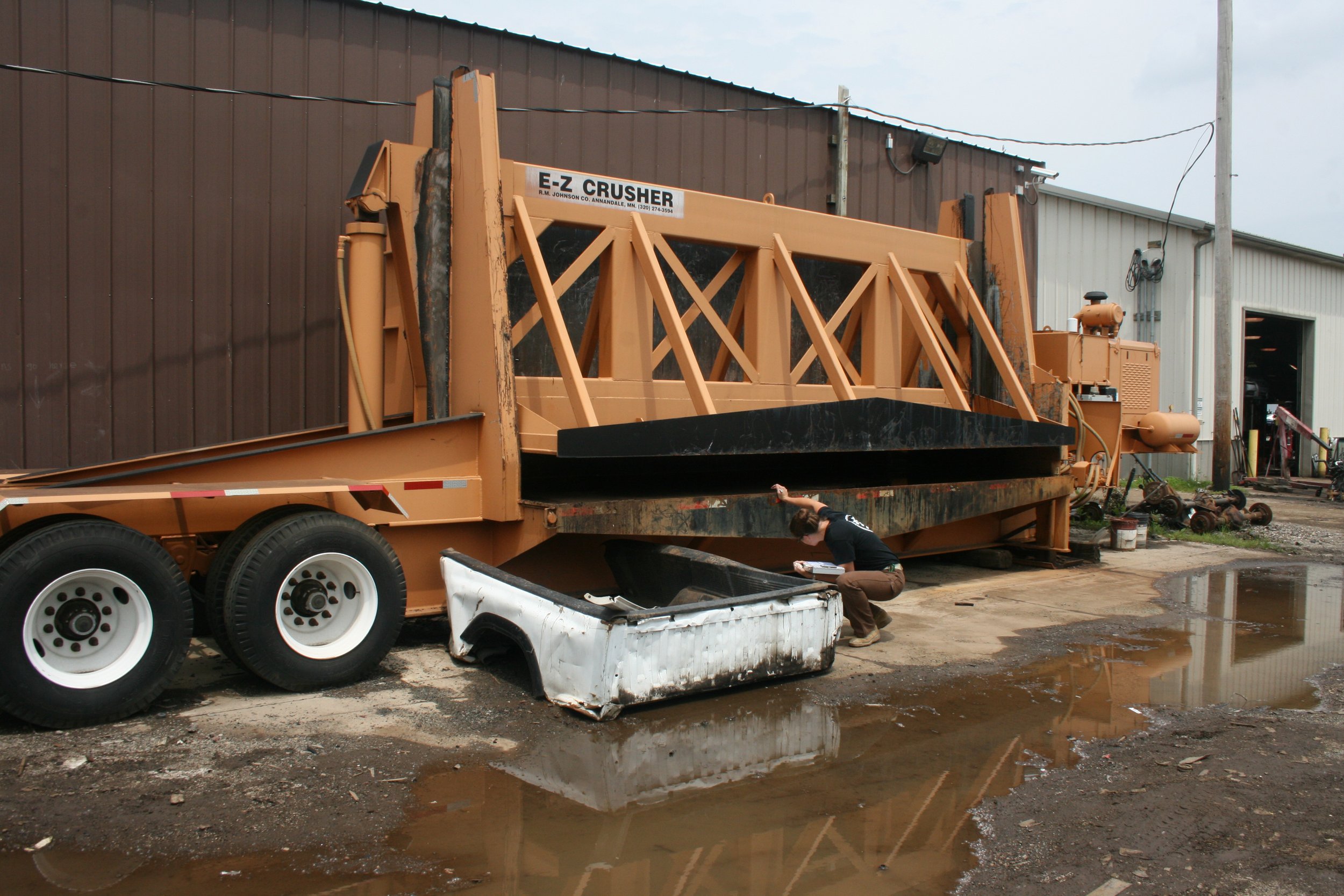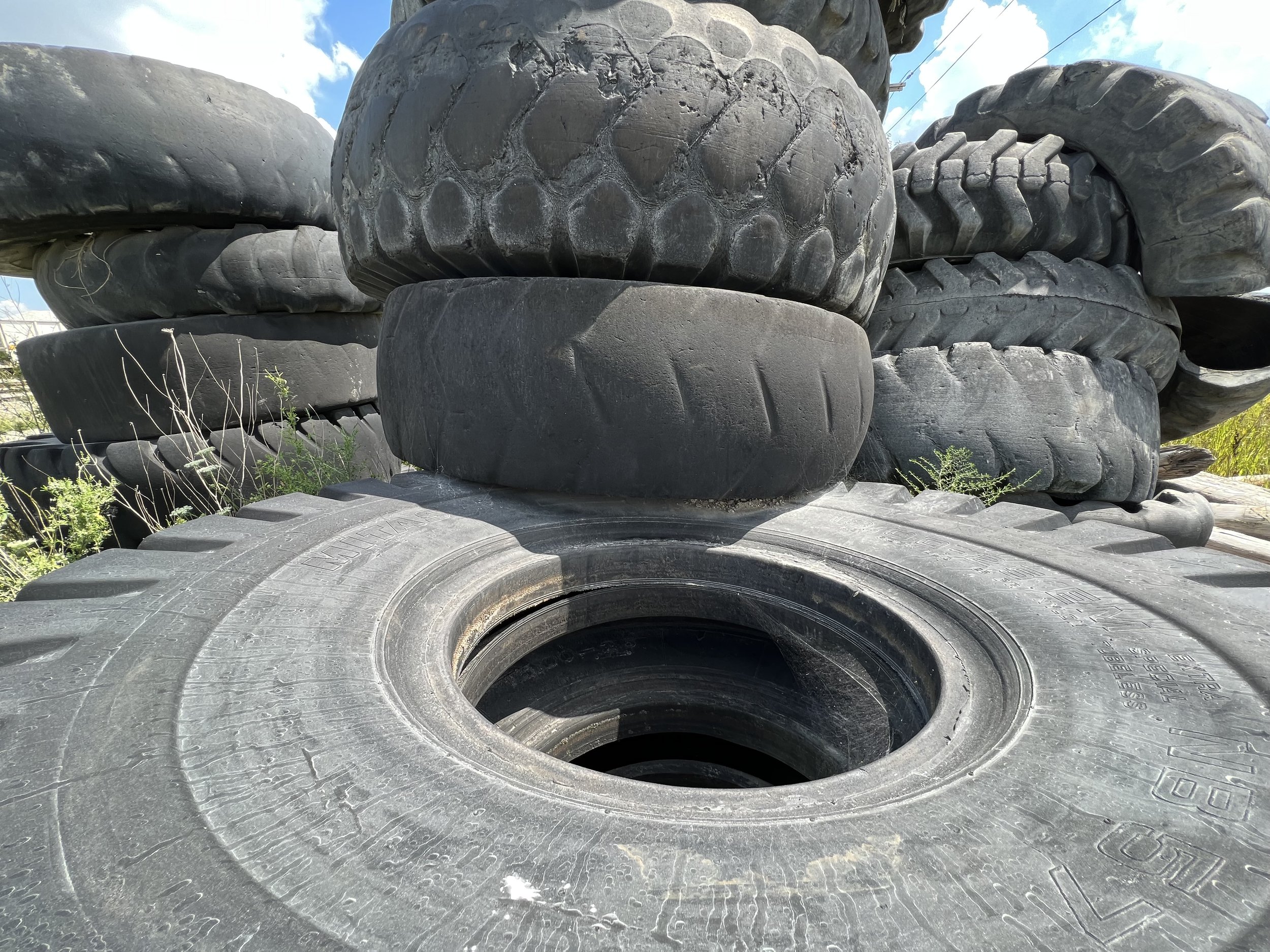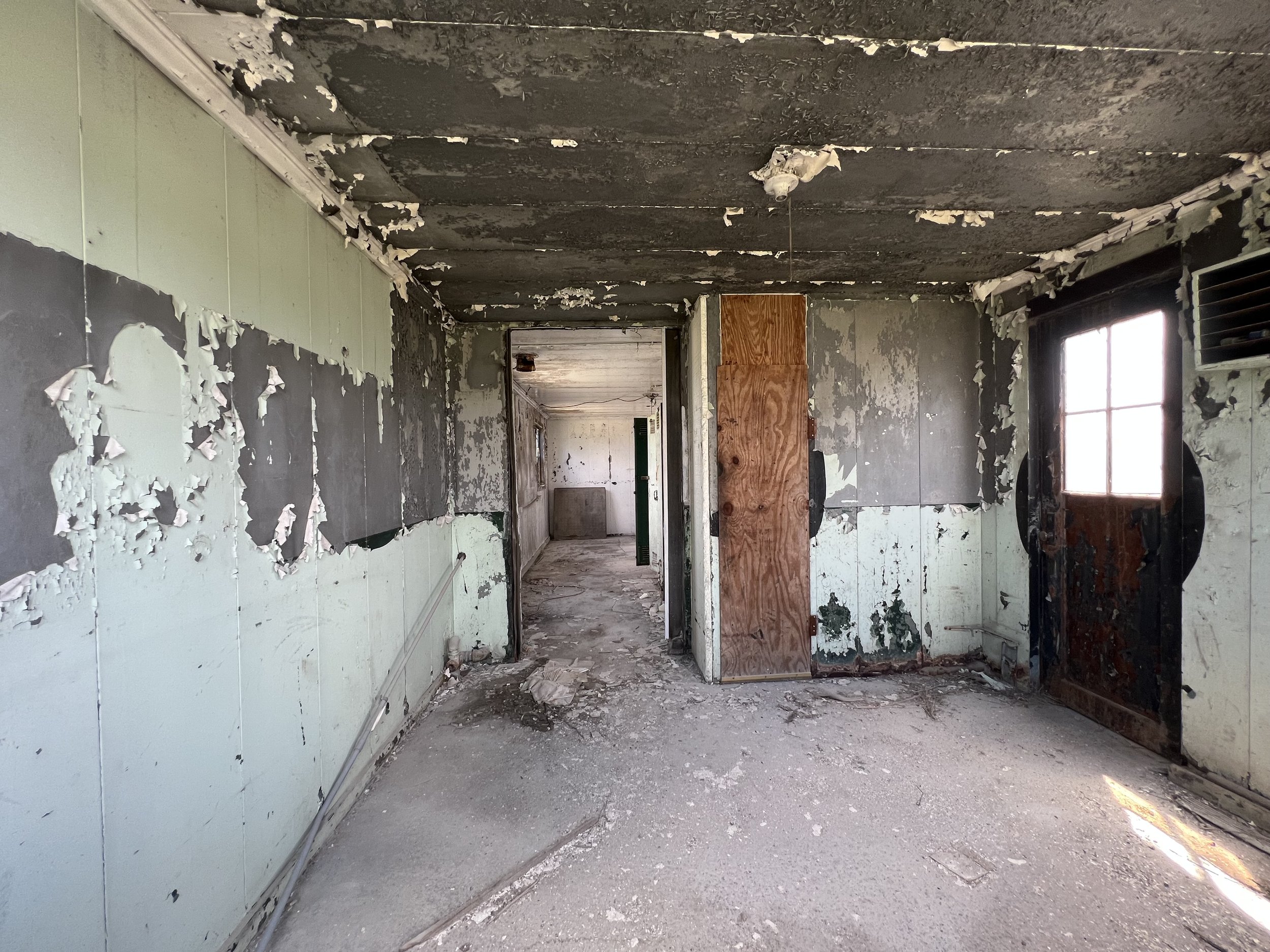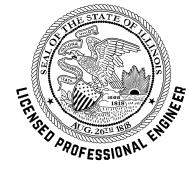How can we help you?
A Phase I Environmental Site Assessment (ESA) is a standardized report that identifies the potential for environmental contamination on a piece of real estate (Subject Property). The overall findings of the Phase I ESA provide guidance and further recommendations if a likelihood for contamination is identified. The American Society for Testing and Materials (ASTM) releases a new Phase I ESA standard approximately every seven years. VET’s team of environmental professionals provides in-depth, comprehensive Phase I ESAs in accordance with ASTM E1527-21: Standard Practice for Environmental Site Assessments for properties throughout the United States.
-
A Phase I ESA contains several pieces of information gathered from multiple sources. The sources and quantity of supporting documents is largely dependent on what is available for the Subject Property. The most common sources of information include historical aerial photographs, Sanborn fire insurance maps, city and county directories, and title records. ASTM Standard E1527-21 states that the Phase I ESA process must include the following five steps:
Interviews with current or past Subject Property owners.
Title search for recorded environmental liens or cleanup records.
Review of federal, tribal, state, and local government records.
Visual Inspection of the Subject Property.
Declaration by the environmental professional responsible for the Phase I ESA.
The Phase I process is an in-depth file review, ultimately trying to identify recognized environmental conditions (RECs) in connection with the Subject Property. No sampling or testing of any materials is conducted during a Phase I ESA. If RECs are identified during the Phase I ESA, a Phase II ESA is recommended to collect and analyze environmental samples. For more information about the most recent updates to the ASTM Phase I Standards, please click here.
-
A recognized environmental condition (REC) is one ASTM term used to identify a particular or potential environmental impact on a Subject Property. The environmental professional performing the Phase I ESA must evaluate for the presence of any RECs that indicate presence of contamination on the Subject Property. According to ASTM standard E1527-21, an REC is defined as: “The presence or likely presence of any hazardous substances or petroleum products in, on, or at a [Subject Property]: (1) due to any release to the environment; (2) under conditions indicative of a release to the environment; or (3) under conditions that pose a material threat of a future release to the environment.”
An REC doesn’t always lead to a Phase II ESA. Future use and development of the Subject Property are examined when considering if additional work is necessary. VET has over two decades of experience in real estate transactions and provides sensible and cost-effective options to our clients when an REC is identified. We work directly with the development team to develop seamless Phase II projects that suit our clients’ timelines, budgets, and needs. See VET’s Phase II page for more information on Phase II investigations into RECs identified by a Phase I ESA.
-
If an REC is identified, it is most often associated with the Subject Property; however, a contaminated adjoining site can also generate environmental concerns. A vapor encroachment condition (VEC) is a term used in ASTM Standard E2600-22: Standard Guide for Vapor Encroachment Screening on Property Involved in Real Estate Transactions. ASTM defines a VEC as “the presence or likely presence of chemical(s) of concern vapors in the sub-surface of the [Subject Property] caused by the release of vapors from contaminated soil or groundwater either on or near the [Subject Property] as identified by Tier I or Tier 2 procedures.” This term is used to identify vapor risks associated with on-site or off-site volatile organic compound (VOC) contamination with the potential to enter buildings and endanger occupants. VOCs present in soil or groundwater have the potential to volatilize and enter structures through utility pathways or cracks in building foundations. Identification of a VEC may prompt a Phase II ESA as direct impacts to human health for tenants or occupants of the Subject Property may result.
-
A de minimis condition is an ASTM term used to identify a small or minimal amount of contamination. ASTM defines a de minimis condition as, “a condition that generally does not present a threat to human health or the environment and that generally would not be the subject of an enforcement action if brought to the attention of appropriate governmental agencies.” De minimis conditions are generally easy to resolve. An example is absence of secondary containment for an above-ground storage tank. Simply installing secondary containment for the above-ground storage tank may be adequate to remedy the de minimis condition.
-
There are many reasons to perform a Phase I ESA depending on the party involved. The primary reason to perform a Phase I ESA is for liability protection. In 2002, Congress amended the Comprehensive Environmental Response, Compensation, and Liability Act (CERCLA) and added new landowner liability protections to promote cleanup and redevelopment of contaminated properties. A Phase I ESA is intended to allow a user to satisfy one of the requirements to qualify for one of the Superfund Landowner Liability Protections. The liability protection a Phase I ESA provides is different depending on the party involved.
Lender or Bank: For a lender or bank, a Phase I ESA is a risk management tool typically required before a commercial/industrial real estate transaction. For most of our clients, a lender or bank is the party requiring performance of the Phase I ESA. Due to the high cost of environmental cleanup, lenders require a Phase I ESA to protect their investment. Lenders and banks want to know if any contamination is on the Subject Property or adjoining properties before making a considerable investment.
Seller: A seller is the least frequent party requesting a Phase I ESA because it is typically the first step in identifying unknown contamination on the Subject Property. Commissioning a Phase I ESA is understandably an unwanted expense at the moment; however, it could end up saving thousands of dollars in the future. Identifying and addressing contamination before it impacts neighboring properties is always more time and money-efficient. Completing a Phase I ESA could also help avoid delays or concerns from potential buyers, particularly for high-risk commercial or industrial facilities.
Buyer: As a purchaser, the ultimate purpose of conducting a Phase I ESA is to obtain innocent landowner protections. It is common for industrial or commercial facilities to have some level of contamination. However, even vacant land or agricultural land could be contaminated from previous activity or adjoining properties. A Phase I ESA is the first step to identifying contamination resulting from current and historical activities.
All Appropriate Inquiries (AAI) must be performed to obtain protections from liability under CERCLA. According to the United States Environmental Protection Agency (USEPA), “AAI is the process of evaluating a [Subject Property’s] environmental conditions and assessing the potential liability for any contamination.”
Bona Fide Prospective Purchasers: This landowner protection allows entities to acquire real estate knowing, or having reason to know, of contamination on the Subject Property if they meet the following criteria:
Acquire the Subject Property after January 11, 2002;
Do not impede the performance of a response action or natural resource restoration, and;
Meet the threshold criteria and ongoing obligations outlined in the statute.
To qualify as a Bona Fide Prospective Purchaser under CERCLA, a landowner must meet certain criteria, including completing an AAI before acquiring the Subject Property. In addition to conducting an AAI, a person or entity must meet continuing obligations, including exercising appropriate care concerning hazardous substances found at the Subject Property by taking “reasonable steps” to stop any continuing release and to prevent any threatened future release. For more information regarding the Bona Fide Prospective Purchaser liability, please see the (USEPA) website: https://www.epa.gov/enforcement/bona-fide-prospective-purchasers.
Third-Party Defenses/Innocent Landowners: This landowner protection covers entities that acquire real estate and had no knowledge of contamination at the time of purchase. These entities may also qualify for the Bona Fide Prospective Purchaser liability protection. CERCLA characterizes three types of innocent landowners:
Purchasers who acquire property without knowledge of contamination and who have no reason to know about the contamination;
Governments “which acquired the facility by escheat, or through any other involuntary transfer or acquisition, or through the exercise of eminent domain authority by purchase or condemnation”, and;
Inheritors of contaminated property.
To have a successful defense as an innocent landowner, an AAI must be performed before purchasing the Property, and the buyer cannot know or have reason to know of contamination. For more information regarding the Third Party Defenses/Innocent Landowners liability, please see the USEPA website; https://www.epa.gov/enforcement/third-party-defensesinnocent-landowners.
Contiguous Property Owners: This landowner protection covers entities who own real estate that is contaminated but is not the original source of the contamination. This landowner protection is most often utilized for landowners whose real estate is contaminated as a result of migration from adjoining or neighboring properties. For more information regarding the Third Party Defenses/Innocent Landowners liability, please see the USEPA website; https://www.epa.gov/enforcement/contiguous-property-owners.
-
There are several non-scope environmental issues or conditions at a Subject Property that a lender or user may want to be assessed during the Phase I ESA. Lenders such as the Small Business Administration (SBA), Fannie Mae, and Freddie Mac typically require asbestos or lead assessments with the Phase I ESA Report. While these assessments do not constitute a full survey, they offer valuable information that could potentially indicate environmental problems on a Subject Property. VET offers several investigative services into non-scope issues not typically addressed during a Phase I ESA. Additional services typically requested by our clients include:
Wetland Delineations
Environmental (Storm Water, Spill Prevention) and/or Safety Compliance Audits
-
VET’s standard turnaround time for a Phase I ESA is three weeks from receipt of a signed contract. Some parts of the Phase I ESA process, such as interviews and site reconnaissance, are dependent on outside sources and may take longer to complete. Absence of these vital information sources may result in data gaps and make the difference between recommending additional work or not. Generally speaking, the more time an environmental professional has, the better. VET understands the dynamic nature of real estate transactions and can accommodate a rushed Phase I ESA report as needed.
-
It is extremely important to understand your real estate timeline when requesting a Phase I ESA. In order for a Phase I ESA to be valid for a property transfer, the report cannot be older than 180 days from the date of issuance. If the Phase I ESA is between 180 days and one year, then a Phase I ESA update can be performed. A Phase I ESA Update doesn’t require as much new information. Still, the environmental professional will need to perform interviews with owners, search government records, review title records for environmental liens, and conduct a site reconnaissance.
If the Phase I ESA report is over a year old, then an entirely new report must be generated in order to qualify for innocent landowner protections. Please give us a call with any questions or concerns regarding your project timeline and ordering a Phase I ESA.















